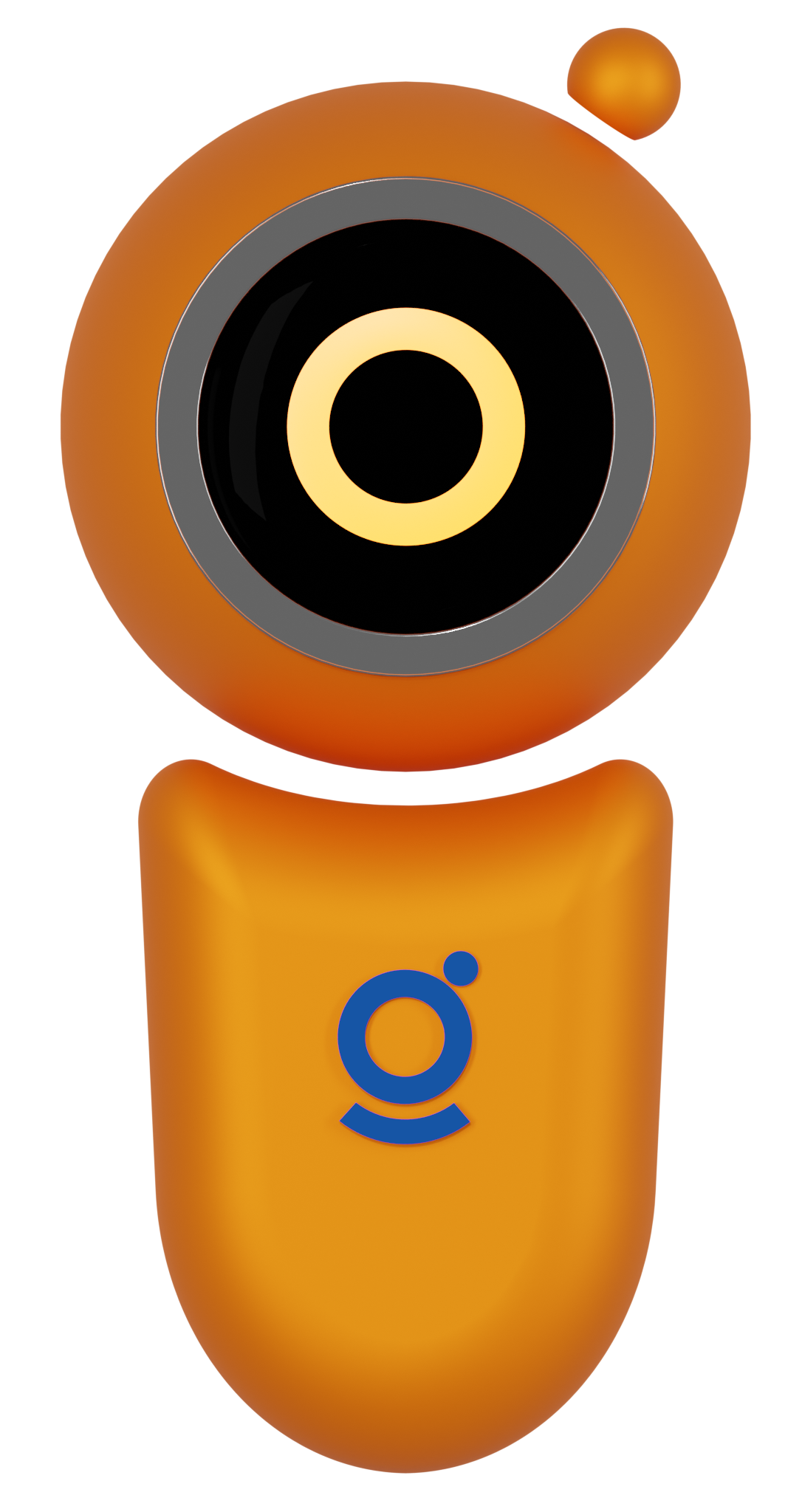
In 2023, the automotive market showcased a notable duel between new and used car sales, significantly driven by various factors including economic conditions, technological advancements, and consumer preferences. The trends observed throughout the year reflected the evolving dynamics between new and used car markets, each presenting its own set of advantages and challenges for both buyers and sellers.
New Car Market:
Used Car Market:
Driving Factors:
The duel between new and used car markets in 2023 offered a glimpse into the evolving consumer preferences and market dynamics. While new cars attracted those seeking the latest features and willing to pay a premium, the used car market continued to be a haven for budget-conscious buyers, albeit with fewer bargains to snag compared to previous years.
Exploring the new versus used car market trends necessitates a deeper dive into various facets encompassing price, depreciation, consumer perception, and environmental ramifications.
The price differential between new and used cars is a predominant factor influencing buyer decisions. New cars, with their latest features, warranty assurances, and pristine condition, command higher prices. Conversely, used cars, despite being more budget-friendly, have seen their prices hover above historical averages in 2023, which could be a deterrent for budget-conscious buyers.
New cars experience a steep depreciation curve, with the highest loss in value occurring within the first few years of ownership. On the other hand, used cars have already undergone the phase of rapid depreciation, which translates to a slower depreciation rate, making them a financially savvy choice for many buyers. The depreciation rate is not only a financial consideration but also impacts the total cost of ownership.
Consumer Preferences and the Perceived Value:
Consumers often weigh the benefits of the latest technology, safety features, and fuel efficiency against the cost savings associated with purchasing a used car. The perceived value extends beyond just the price, encompassing the car’s condition, longevity, and the prestige associated with new car ownership. The presence of Certified Pre-Owned (CPO) programs also elevates the perceived value of used cars, bridging the trust deficit to an extent.
Environmental consciousness is progressively influencing consumer choices. New cars, especially electric and hybrid models, are perceived as more eco-friendly, reducing emissions and lowering the carbon footprint. Conversely, buying used cars is also considered environmentally sensible as it extends the lifecycle of the vehicle, reducing the demand for manufacturing new vehicles and consequently, the associated emissions.
As we edge closer to 2024, speculating on the future trends in the new versus used car market becomes imperative for stakeholders within the automotive industry.
How the Trends Might Evolve in the Coming Years:
The trajectory of new car sales might continue to rise with the advent of more affordable electric vehicles and further technological innovations. Conversely, the used car market could see a stabilization or even a decline in prices should the inventory increase, making used cars more accessible to budget-conscious buyers.
Potential Shifts in Consumer Preferences:
The growing environmental awareness and the push towards sustainable living might tilt consumer preferences towards electric and hybrid vehicles. Additionally, the normalization of remote working could potentially reduce the necessity of car ownership, impacting both new and used car markets.
As consumer preferences pivot towards eco-friendliness and digital convenience, dealerships might find merit in broadening their electric vehicle offerings and bolstering online sales platforms. Simultaneously, manufacturers could channel their focus towards crafting affordable electric models endowed with innovative features to allure buyers. Amidst these shifts, the integration of AI-powered tools is surfacing as a key player in sculpting the automotive industry’s future, enhancing customer engagement and fine-tuning vehicle valuation.
Cognitgo’s ROboT exemplifies how seamlessly AI technology can be intertwined with automotive sales operations. By meticulously scrutinizing service-drive customers and pinpointing potential buyback opportunities, ROboT morphs service drives into substantial lead generators. This strategy not only aids in amassing a high-quality used car inventory but also forges a path for enriched customer interaction. The True Vehicle Value (TVV) feature embedded in ROboT bestows dealerships with accurate vehicle valuation capabilities, nurturing fair pricing and customer loyalty.
Transitioning into the tech-augmented era, the fusion of AI technologies like ROboT with strategic business operations is slated to redefine the operational landscape for both dealerships and manufacturers. This strategic tech infusion is geared to significantly amplify efficiency, customer-centricity, and data-driven decision-making, laying a solid foundation for navigating the intricate dynamics of the new vs used car market in the imminent years.
